How and how to feed cauliflower?
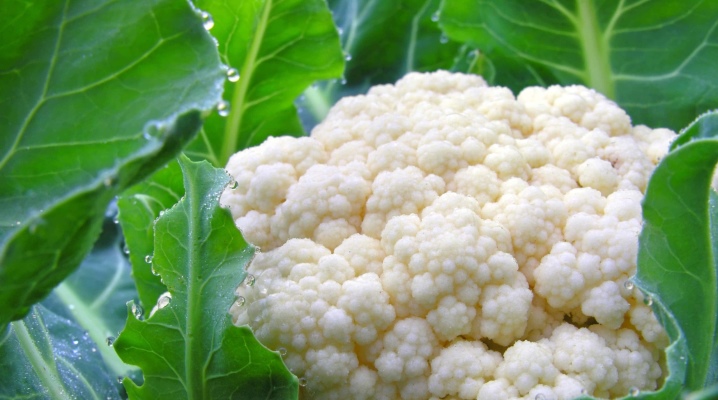
Cauliflower is quite demanding to feed, even capricious. Moreover, if you overdo it, the reaction will be even worse than from complete inaction. But since summer residents really fell in love with this culture, appreciated it and realized how much the crop loses without it, there is something to tinker with.
Fertilizer overview
If cauliflower is planted in soil enriched with minerals, then fertilize it at most twice a season after planting. If the soil is not enriched with minerals, then the fertilization will be three times. There are many opportunities to understand what the culture lacks, to catch all the signals that are important for the gardener, this is the next point. It makes sense to give a detailed overview of the fertilizers that can be used to feed cauliflower.
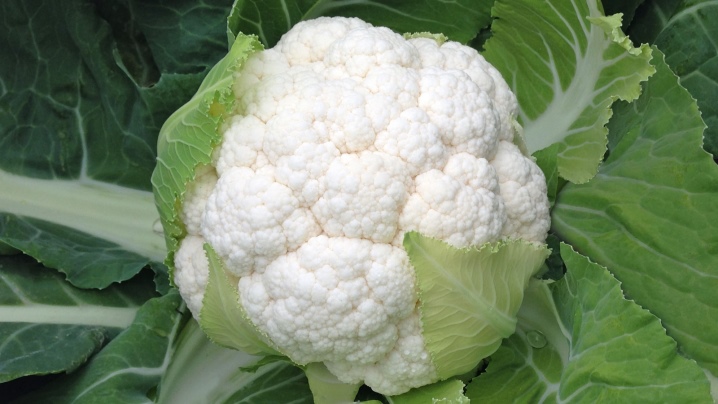
Mineral
Nitrogen, cadium, phosphorus, calcium - those elements that the culture needs especially. You can understand what exactly the plant lacks by the following signs:
- if the upper leaves of the cabbage have become pale green, and the lower ones are bluish or reddish, it lacks nitrogen;
- if the growth and tying of heads abruptly stopped, the cabbage lacks phosphorus;
- yellowing of the culture, drying of the edges of the leaves with dynamics from top to bottom is a sign of a lack of potassium;
- lightened leaves and even their subsequent dying off indicates a magnesium deficiency;
- if the head does not want to tie in any way, perhaps the lack of molybdenum affects;
- dark spots on the head of cabbage and stump, swelling of the pulp indicate that the soil is deprived of boron.
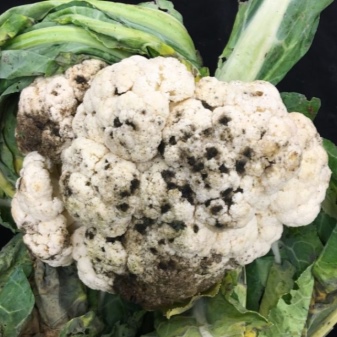

As soon as symptoms of soil depletion appear, it is time to apply fertilizers to the open ground. The received top dressing will stop the deformation process, will become an impetus for the growth and development of the plant.
In the first weeks of growth, a phosphate fertilizer is especially useful for cauliflower. Then it will be impossible to eliminate their deficiency, therefore, it is phosphorus that is used in the first weeks. Superphosphate is considered the best source. But nitrogen-potassium fertilizers are important after the seeds germinate in the cabbage, and the picking stage begins. A good source of nitrogen is 10 g of urea per square meter or ammonium nitrate.
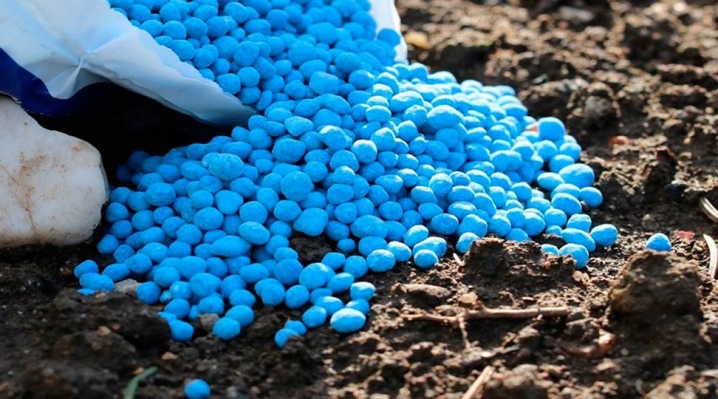
For the development of cabbage roots and leaf growth, potassium is needed, it enters the soil due to the introduction of chloride salt into it. Do not be afraid that cabbage will react negatively to salt - this culture is not afraid of it. Molybdenum and boron are introduced through micronutrient fertilization. For example, the complex composition of Agricola will be a good help in this. Boron will saturate the soil after feeding with the same boric acid.
Organic
Mineral dressings should alternate with organic ones. A mass of organic matter is traditionally introduced in the fall, for digging. Usually, dry humus is used for this, and you really don't need to be smart - humus does its job perfectly. When it comes to spring soil preparation, you need to add compost. Humus, chicken droppings are great organics.

Such additives are diluted with water, and this composition is sent to the root of the cabbage. But fresh manure cannot be used, it has a depressing effect on plant growth.
Biological
Biostimulants are funds that are introduced at first, when the seedlings are just starting to grow actively. They are convenient for processing seeds, for example. The compositions have a beneficial effect on the root system, its formation and proper growth, they have a good effect on strengthening the stem, on the formation of heads.
Biostimulants are made by breeding mushrooms, peat and other bioorganics. That is, various kinds of vermicompost can also be attributed to this category of fertilizers. For example, "Planet" vermicompost is made from fermented dung, to which house fly larvae are added. At the very beginning of seedling development, it will be most useful.

Folk remedies
Someone is categorically against "chemistry", someone does not trust biological compounds, someone is simply used to using "old-fashioned methods" that are guaranteed to give results. In a word, it seems that there are no fewer fans of folk methods of plant fertilization. Even for something as slightly exotic as cauliflower.
What folk recipes are most in demand?
- Infusion of nettle. Watering the cauliflower with this infusion is suggested a couple of weeks after planting the plant. Take 1 liter of nettle infusion for 1 bucket of water. Nettle is filled with water in a ratio of 1 to 2, infused for 3 days, and you can use the infusion. It is necessary to water the cabbage at the root in moist soil, after which you can complete the feeding by adding wood ash.
- Brewer's yeast. First you need to prepare a special suspension. 20 g of dry yeast is mixed with sand (150 g). This mixture is poured with 5 liters of warm water, and it should be infused for a whole week. Then take only 200 ml of the fermented composition, dilute it in 10 liters of warm water. You can water the cabbage. The culture needs such feeding twice a season. On the fourth day after feeding with yeast, the plant should be fertilized with ash (for calcium reserves in the soil).
- Potato infusion. It is proposed to thoroughly grind the potato peelings, pour boiling water over them and keep the composition for 3 days. The cleanings should get wet, for which they should be stirred from time to time. After 3 days, the infusion is ready for watering: for one plant - one glass of infusion. It will help cabbage that grows poorly, will contribute to a better ovary.
- Eggshell. It is known to be rich in calcium. The shell must be thoroughly crushed, and the resulting powder in the amount of one tablespoon must be poured under the root of each plant. For the root system of cauliflower, this type of fertilizer is very beneficial.
- Banana peel. And this food waste is rich in potassium, which can also saturate the soil in which cabbage grows. The peel must be dried, also finely chopped, filled with water and allowed to brew for 4 days. Water is taken at the rate of 1 liter per 1 peel. It is necessary not to spray the cabbage with the resulting composition, but to water it. To make the cauliflower tie well, this recipe works. This option can be considered an alternative to the more familiar top dressing with potassium permanganate.
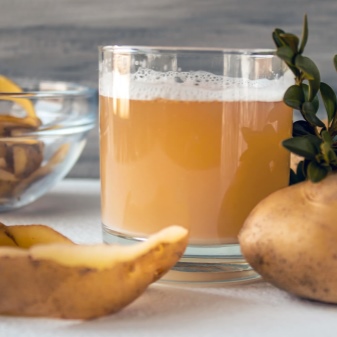
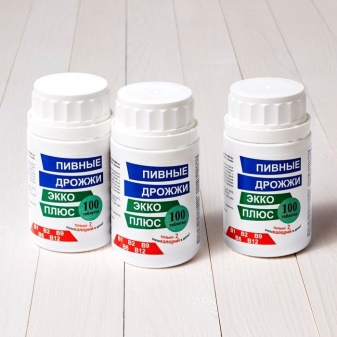
To increase yields, all of the recipes listed above are useful - at least they are very popular among gardeners and gardeners and collect good reviews.
How to feed properly?
The entire growing season is a favorable time for feeding. The first additives are added at the moment of soil preparation, where the seedlings will be planted. Then fertilizers are applied during the development of seedlings, at the stage of building up the green mass, at the time of tying the heads.
An approximate feeding scheme is as follows.
- Preparing the garden in the fall. Held in the fall, after harvesting the crop. If the soil is acidic, it needs liming. At the same time, ash or dolomite flour can be added to the open ground. In the same period, compost, superphosphate and potassium salt are introduced (10 kg / 100 g / 120 g per 1 square meter).
- Preparing the beds in the spring. It is carried out only if you forgot to process it in the fall. Take up to 5 kg of dry humus, 100 g of urea, 100 g of double superphosphate, 120 g of potassium salt, 30 g of magnesium sulfate, 2 g of boric acid, 1.5 kg of wood ash.
- Top dressing of seedlings. 10 days after diving, you can apply the first fertilizers for seedlings - 2.5 g of ammonium nitrate, 2 g of superphosphate, 1.5 g of potassium chloride - all per liter. The next processing takes place after 10 days.Fertilizer consumption increases by about a third, the composition does not change. And already the third treatment is needed only in the case of weak and pale seedlings.
- After landing in open ground. The process begins with nitrogen-containing fertilizers, approximately 16-18 days after planting in the ground. For 1 square meter, 20 g of superphosphate, 10 g of ammonium nitrate, 10 g of potassium chloride are taken. For one plant - one liter. With an increase in the growth of the leafy part, after half a month, the feeding must be repeated. Also, in the first half of growing cauliflower, you can feed it with chicken droppings. If the culture develops poorly, you can add ammonium nitrate (2 tablespoons per bucket).
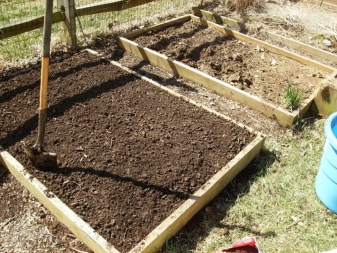
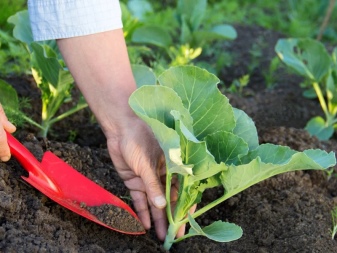
For tying heads, early cauliflower varieties are fed in July (rarely in June), late ones in August.
Useful Tips
When the seedlings are already rooted in the garden, you need an eye and an eye for it. This culture prefers frequent watering, it needs to be spud at least twice a month. She also likes to develop in shading. After each top dressing, the crop must be earthed up, the trunk must be abundantly covered with earth. This will help the roots to avoid disease. Soil moisture is also important, if the soil dries up, the cabbage will bloom earlier.
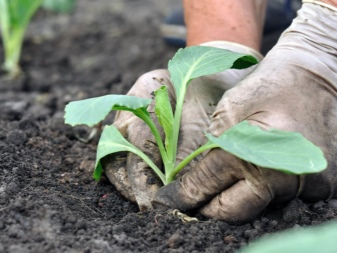

The temperature should be maintained in the range of 20-22 degrees, otherwise the culture will be formed incorrectly, it will be deformed.
The good growth of cabbage can be hampered by bad weather for a long time. If the summer is dry or, on the contrary, the season turned out to be cold, if the cabbage grows on sandy soils, it is threatened with molybdenum starvation. The inflorescences will die out, the leaves will turn out to be too soft, ugly, the head of cabbage will not be able to tie. If so, root feeding with molybdenum ammonium is indispensable.
Obviously, the cauliflower needs grooming. But then how can they happily eat the product as part of vegetable stews, delicious side dishes, mashed soups and other healthy dishes. Whoever has harvested a cauliflower crop once will not give up such wealth for the next year, even if the exactingness of the plant will be remembered by the gardeners. They will be ready to water it and spray it and follow the feeding pattern to refill the freezer with a delicious and very valuable product.

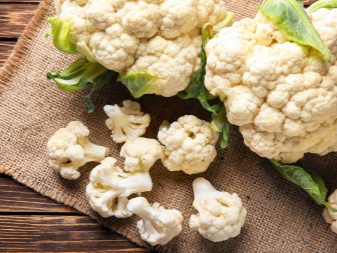













The comment was sent successfully.